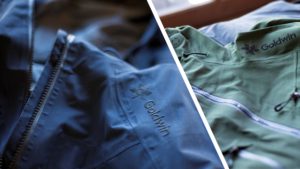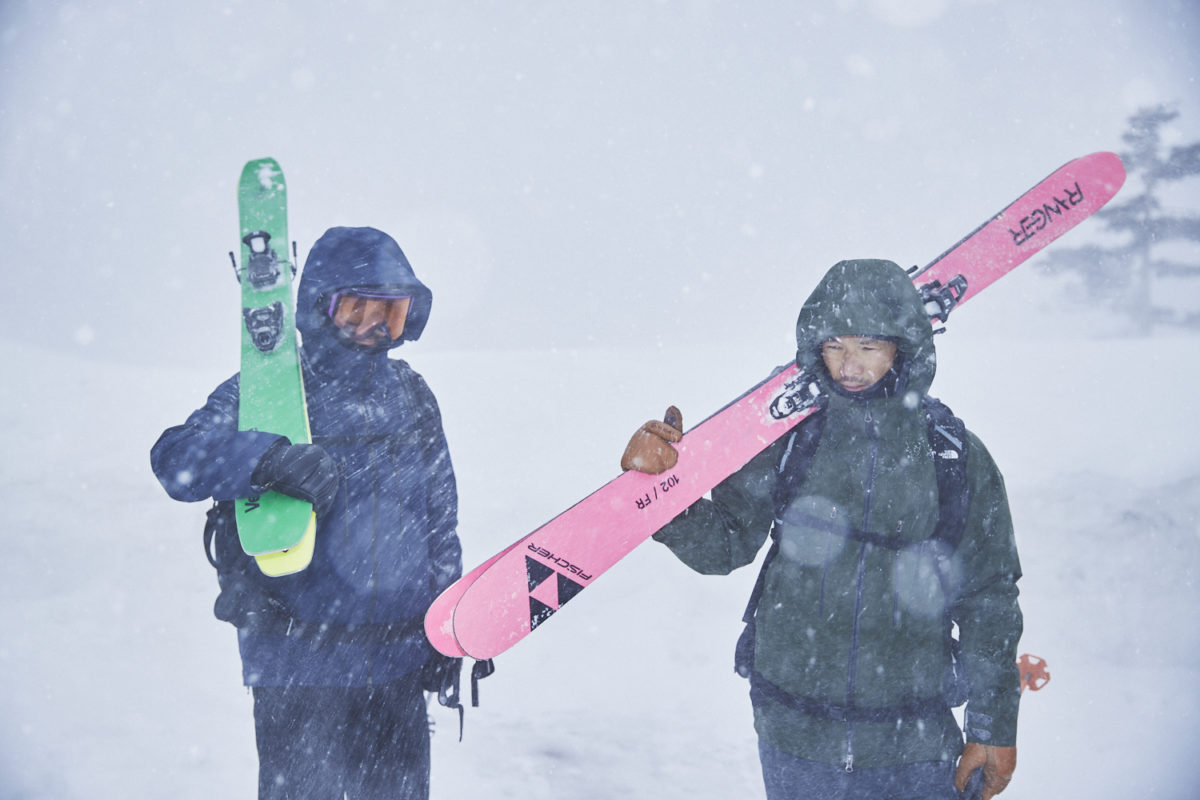Kazushige Sekiya and Katsuyuki Kawano, who were exposed to the ski scene in Europe and the United States, returned to their hometown of Kita-Shinshu and each started a snow business targeting inbound tourists. Hear about his ski life so far and his outlook on life in the future.
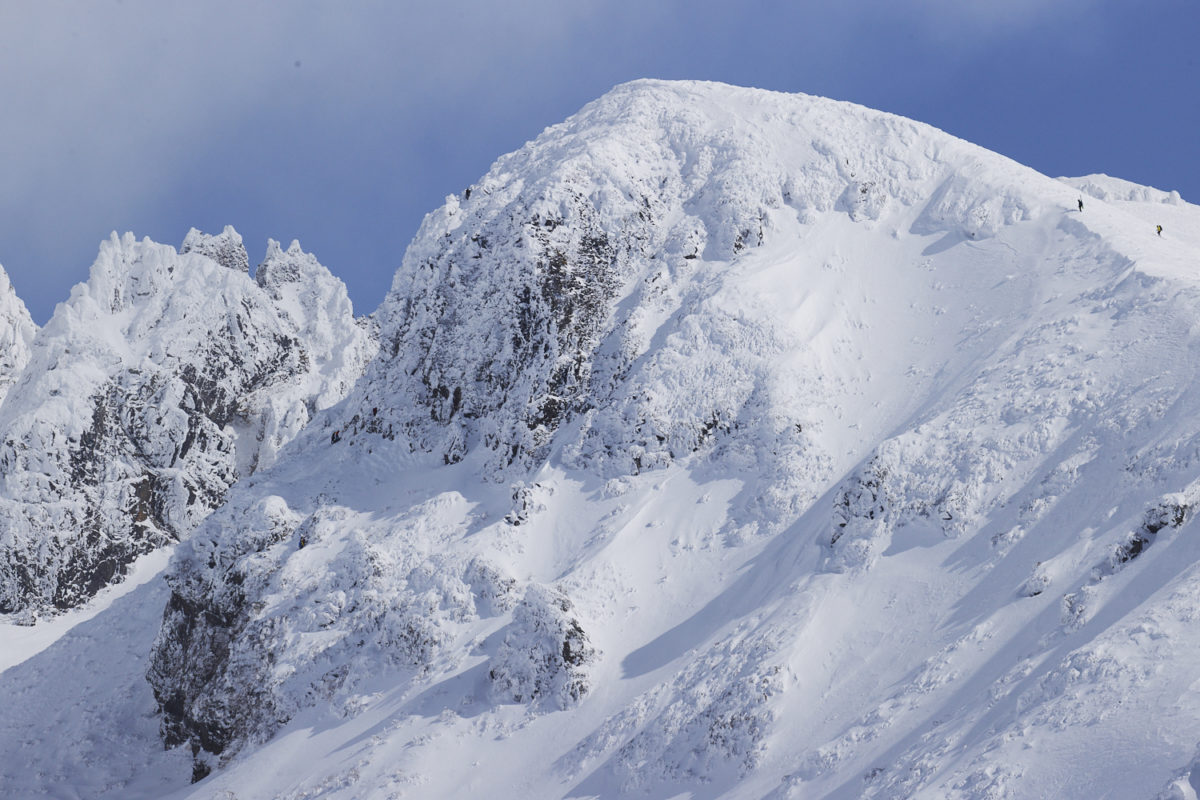
■ Until the current lifestyle
Sekiya: Since then, the number of foreign customers has increased little by little, and maybe we can do business there? It was "SKINAGANO" that started. With an image like an instructor at a private ski school in America. Ski schools in Japan are mainly places to teach technique, but in North America it was different. People who can afford to hire an instructor, instead of looking at a map and accessing it themselves, have the instructor take them to places that are good and suitable for their level. I will pay 100,000 yen per day for that. I didn't know anyone in Japan doing that kind of thing, and I thought there was demand for it. Rather than an instructor, it's a slope guide.
Kono: Most of the foreign visitors think that they should enjoy skating rather than relying on detailed techniques. There is an increasing number of accidents involving people passing through ropes within the jurisdiction of ski resorts, so I think there is a lot of demand for slope guides like Mr. Sekiya.
Sekiya: The main reason I decided to start SKINAGANO is that when foreign guests come to Japan, they spend money on inns run by foreigners and foreign guides, so that they can experience Japanese culture without speaking Japanese. I thought it would be a waste or not interesting to go home without touching it. I would like to introduce local inns as much as possible, take them to restaurants run by locals, and give back to the local economy. And I want them to become repeaters by getting to know Japanese culture, customs, and food culture. I hope you can come again. Come once, it's not enough.
Kono: How old is "SKINAGANO"? Was it launched after the earthquake?
Sekiya: Yes, this is the eighth season. When it comes to Nozawa Onsen and Iiyama, the number of foreign tourists has increased dramatically since the Hokuriku Shinkansen was built. I'm sure there are many opinions, but if foreign tourists didn't come, Nozawa Onsen would have had a hard time, right? When I came back from America, there was no one at the ski resort on weekdays.
Kono: Very difficult. I don't know if I'm too old (laughs).
Sekiya: When I launched SKINAGANO, I was told by many people. Foreign skiers are a temporary boom, so they won't come sooner or later. It doesn't matter if it's trendy or not, but it's my hometown where it snows and there are mountains. I thought I had to properly introduce my hometown, including its culture and history. If you introduce the charm of the local area with confidence, they will definitely come back. Even if the person himself doesn't come, it would be nice if people could say that the ski resorts in Nagano were really fun by word of mouth. My pies are small, but I believe that by attending to each and every foreign customer, I can spread the charm of Hokushin to the world little by little.
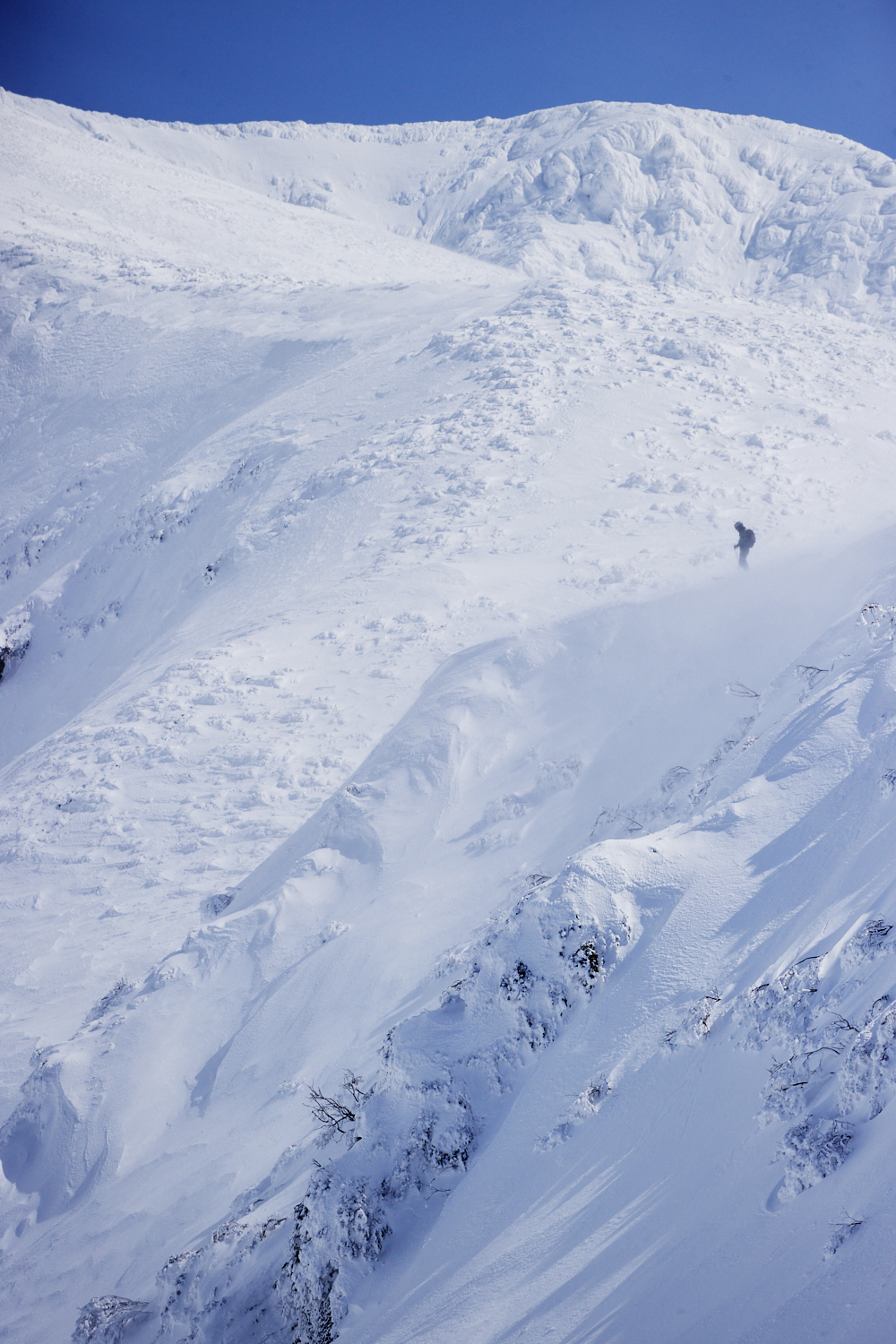
Kono: Two years ago, when I went to Europe, the locals were talking about Japan all the time in the gondola. At that time, it was snowing heavily, and the people who had experienced Japau said, "Japan is nothing like this." (laughs) Everyone says they want to go there at least once in their lives. It's as much as people in Europe say, so Japau's recognition in the world is amazing now.
Sekiya: Americans and Australians alike say they want to go there at least once in their lives. No other country has such constant snowfall. So everyone comes. If you stay for a week, you'll hit somewhere. It's not uncommon for North America or Europe to stay at a ski resort for a week and not even get a single snowfall. It didn't rain for a week or two even though it was pouring down, and the snow got harder and harder. Also, in the Hokushin area, it often rains and then clears up. Everyone comes expecting fresh snow like powder powder, but it's not just powder. The snow is generally soft throughout the season. Even if it's not Dopau or compacted snow, the snow is soft, so if it's sunny, it's fun for the time being. It's not a good trend these days to fuel powder all the time.
Kono: If a lot of snow continues to fall, it means that you can ski in various scenes from ridgelines to forest belts.
Sekiya: Katsu helped out at his family's inn, Shirakaba, when he opened Shichiryobee Coffee. What was the impetus?
Kono: It's been 6 years since Shichiryobei Coffee was made, but at that time inbound demand was not yet at its peak. I'm sure it will continue to grow, and it would be nice if there was a place where I could drink beer after skiing, so I started from a skier's point of view. Because it was commonplace for overseas ski resorts to have bars where you could casually drop by.
Sekiya: You say that the experiences you've seen while competing in ski resorts in Europe have come to life here. I didn't attend most of my classes, but what I learned at a commercial high school in Austria is still alive and well (laughs).
Kono: Actually, there was a time when I thought about closing the store before the corona disaster. Thankfully, the inbound came too much and I couldn't handle it. The speed was too fast, and I didn't have time to prepare for the reception. I decided to remove the signboard of Shirabei Coffee and make it a working space that can only be used by guests staying at the neighboring "Shirakaba" to increase the added value of the inn. Then I got Corona. But it's finally time to fix it. What should we do now? That's what I'm saying.
Sekiya: When I was at the peak of inbound skiing, I was at work for about two months, and there was a time when I couldn't skate.
You were certainly too busy. Corona may have become a good opportunity to reconsider your standing position. Also, Katsu is also a coach for the Nozawa Onsen Junior Ski Club, so you must be busy, right? when did you start?
Kono: About four years ago. Every day, I train in the morning, skate in the afternoon, and skate at night.
Sekiya: Nozawa is amazing. It's Katsu, it's Yuudai (Yudai Ueno), it's Shu-chan. Everyone is an athlete who knows the world, well, the next generation will grow up. Was it 2019 when my student Sora Sasaoka won the National Junior High School Ski Tournament?
Kono: Yes, along with Oga Kono, who is two years younger than me, I was selected as a domestic player, and it looks like I will be able to go on an expedition to Europe this year.
Our head coach in Japan is Kyosuke Kono from Nozawaonsen village, and I feel like I'm grateful for Akira Sasaki's "Akira's Project" for his financial support (laughs). Sora Sasaoka is currently in her third year of high school, but she studies cooking at Shichiryobei Coffee on weekends. Just next week, we're going to have a three-day donation dinner, with half of the proceeds going toward his travel expenses. I have a desire to earn tangible money while being an athlete, and to develop human resources who can live independently even after they are finished playing. I want to teach skiing that connects various things so that you can see not only the competition but also the whole society. Don't expect someone to pay for the competition, do it independently. If you don't do that, you'll end up at the mercy of your parents or you won't be able to make your own decisions. When I was constantly telling them that, I began to make my own decisions. I wanted you to go to Europe, but I'm sorry that you said you wanted to go to a Japanese university. Speaking of going to Europe, I gave you the full amount of the donation (laughs).
Sekiya: You think it was a good experience for yourself, so you want me to go to Europe as soon as possible?
Kono: When I was young, there were seniors around me who had been to Europe, and I had heard a lot from them, and I always thought that if I was serious about skiing, I would go to Europe, not Japan. When he was 15, he decided to go to Europe. The fact that he went to Europe at the age of 15 is a great asset for him. That's why I want people to see the world while they're young. It's not too late to go after 20 years old, but what you absorb is completely different. Recently, the number of young people going abroad has decreased, so I feel that I have a responsibility to develop more international human resources. Nozawa has been able to accept it, but fewer people are looking inside from the outside.
Sekiya: Yes, it's important to see your own country, nature, culture, and history from the outside.
Kono: Mr. Sekiya also sees Japan as a country from the outside, so he has the same feeling as I do, and has succeeded in inbound business.
Going abroad is not just about becoming a top athlete in the world, but also about becoming an adult who broadens your horizons by looking inside from the outside. We both liked skiing, so we went abroad, came back, and made a living skiing. As I approach 40, I think that if I pursue what I like, I'll be fine (laughs). Mr. Sekiya, do you have a vision for 5 or 10 years from now?
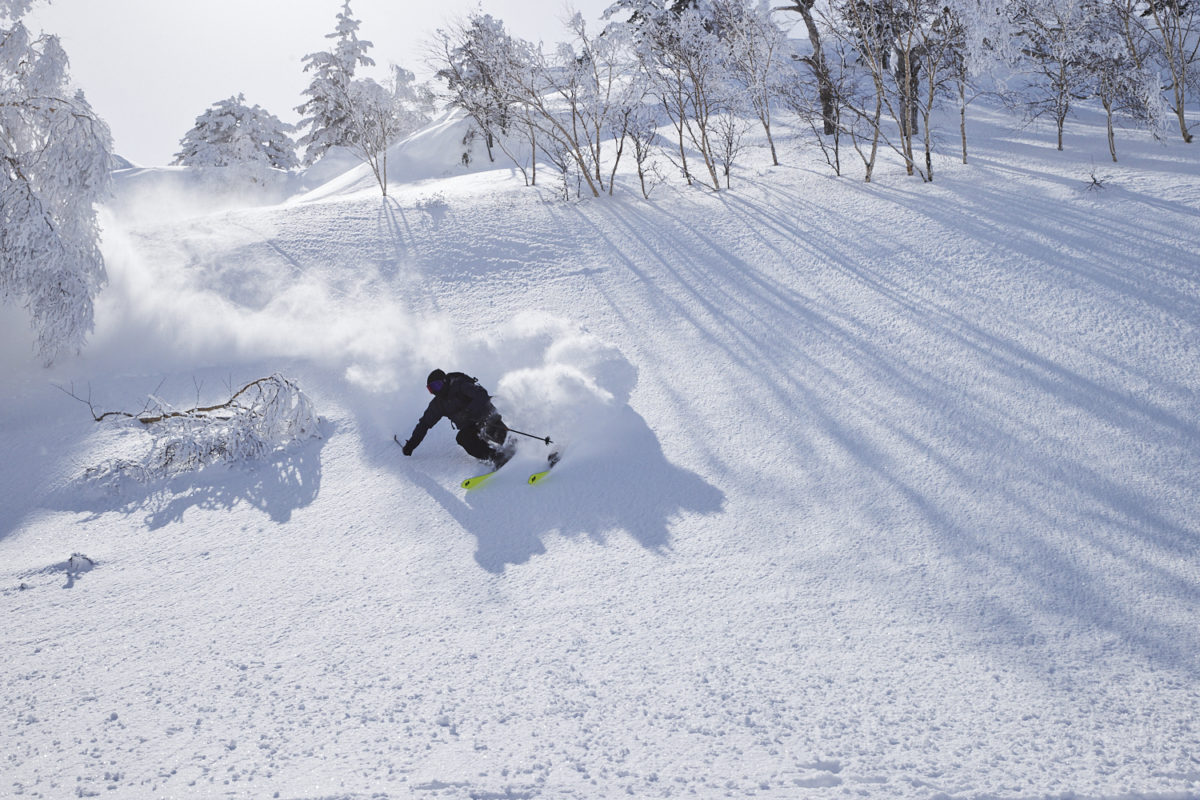
Sekiya: I would like to continue to be a private guide for inbound tourists.
I think it's a fun and rewarding job to convey the nature and culture of my hometown. Furthermore, I would like to do something like a travel agency myself. I'd like to do everything from arranging accommodation to booking, but the situation has changed completely due to COVID-19, so I feel like I'm at a standstill right now. Anyway, what I'm aiming for is to give back to the local business that I talked about earlier. Now that I am a parent myself, I have come to think that I want to create opportunities for Japanese children to enjoy skiing.
Freeride Clinic is currently offering lessons for adults, but I would like to provide a place that conveys the fun of freeriding as a junior version. Skiing is not just competition and basics. It would be great if we could pass on the enjoyment of free skiing to the next generation of skiers. Speaking for myself, I never get tired of skiing, so I will probably keep skiing until I can't move. The tools just keep getting better and better. Come to think of it, Katsu, you've been doing a lot of snowboarding lately, right? I'm getting pretty good at it.
Kono: When I skate privately, I overwhelmingly prefer snowboarding. I can't say it out loud, but I want to become a snowboarder (laughs). It's partly because I have a lot of snowboarder friends around me, but I'm addicted to it. By riding a snowboard, I was able to see skiing from the outside for the first time. Just like when I went to Austria when I was 15, I think it's important to see things from the outside.
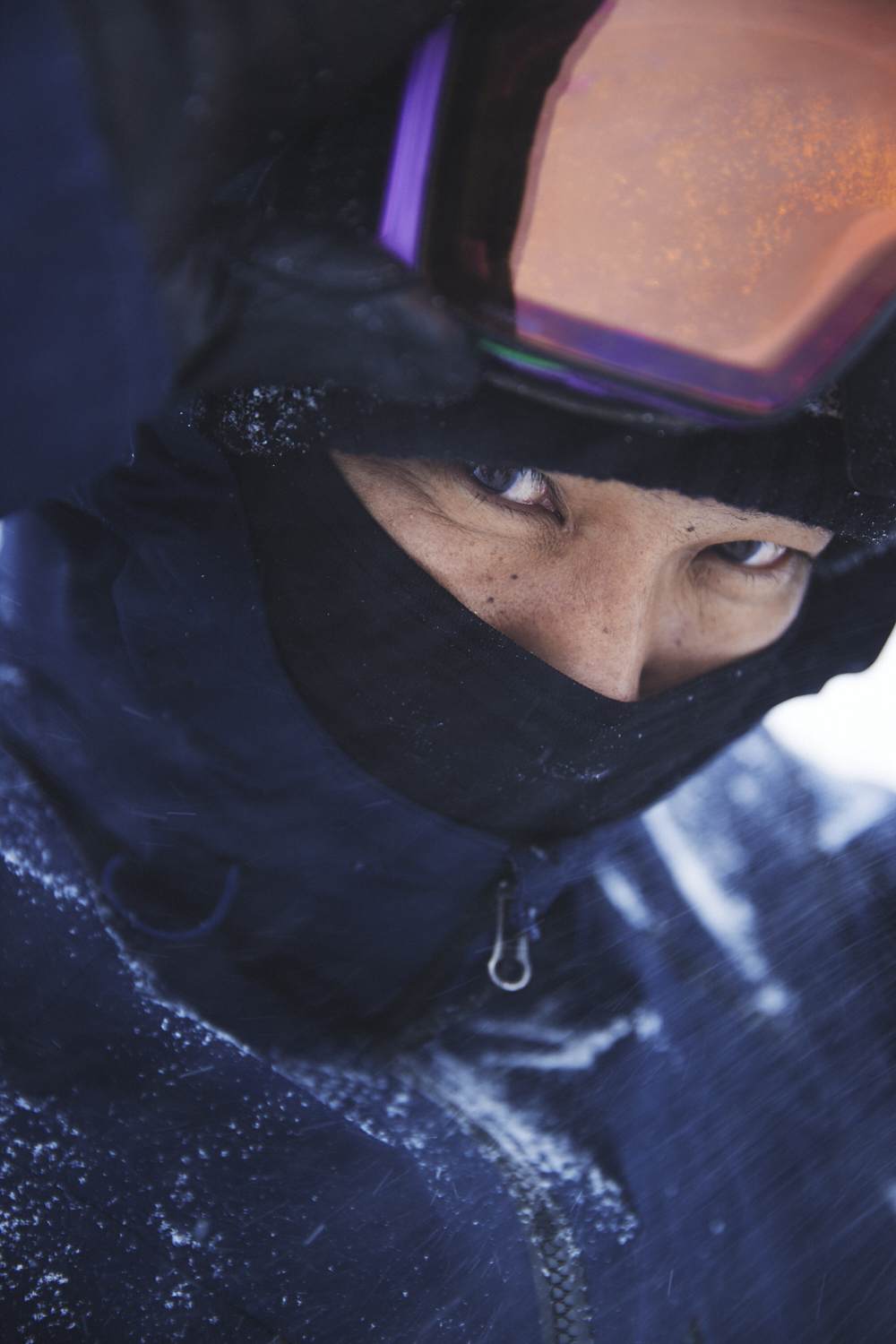
Kono: Skiing is both difficult and fun. I've been doing it for over 30 years, but I'm not good at it at all.
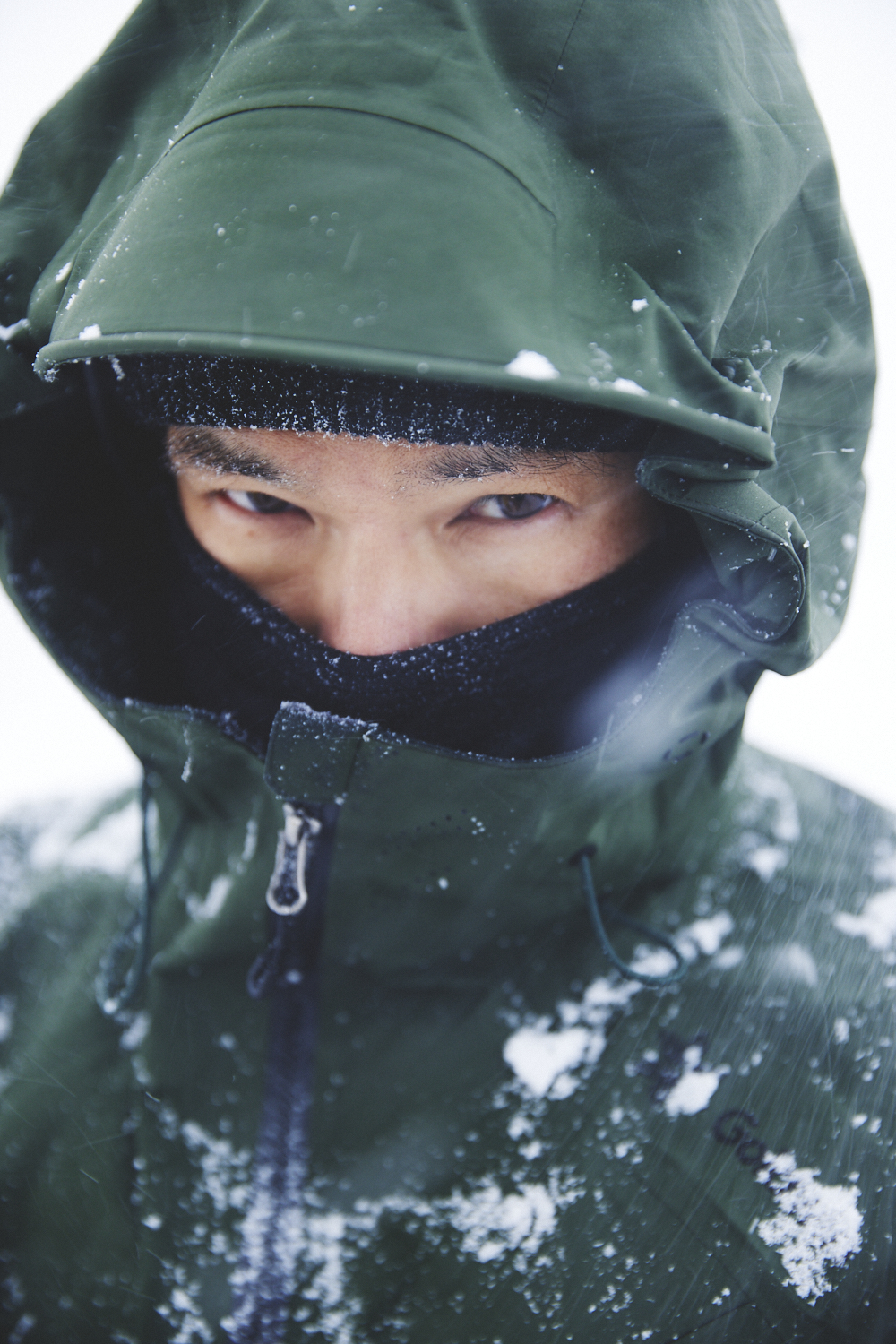
Sekiya: The desire to become good at skiing will never disappear until I die. Whether it is fresh snow or compacted snow, the essence of skiing is deep and unwavering. That's why we can't quit.
Profile|Profile
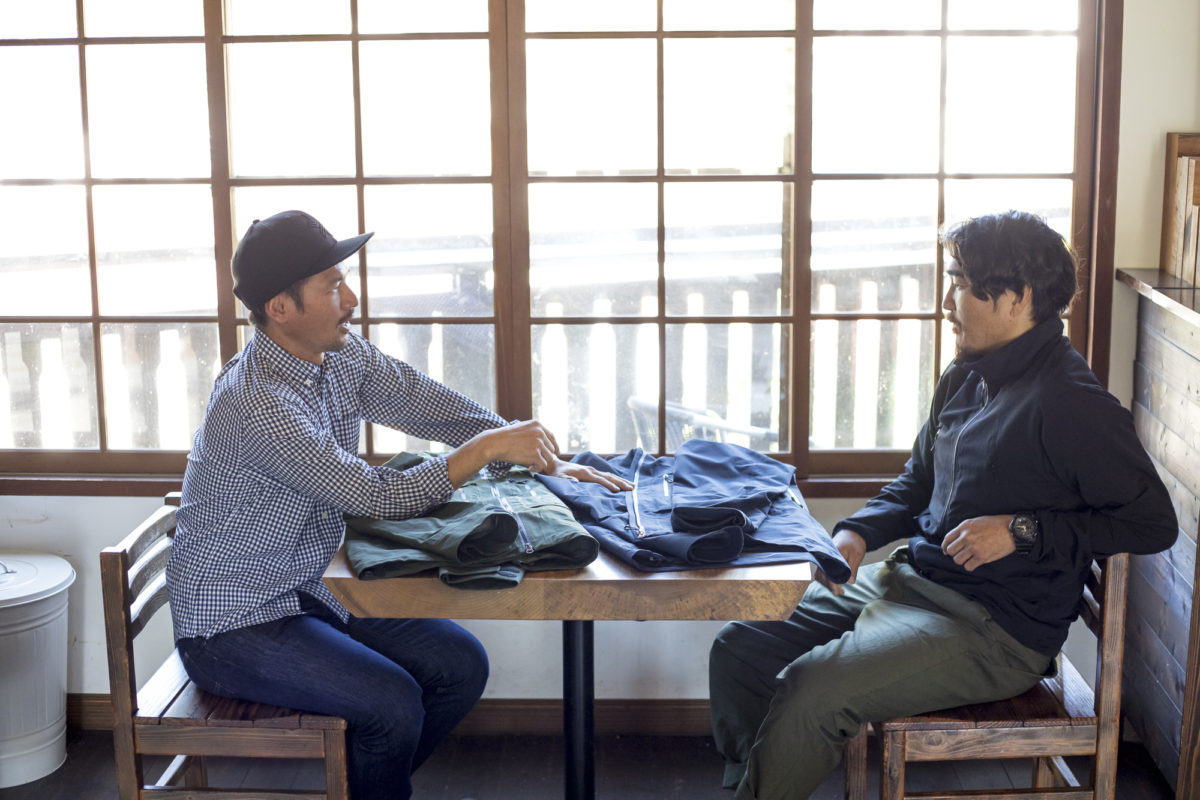
Kazushige Sekiya (Left)
Born in Obuse City, Nagano Prefecture in 1980. He devoted himself to competitive skiing until high school, and after graduating, he was attracted to the freeski movement and went to Colorado in the United States to study and enter the world of freeskiing. Currently, based in Kijimadaira village in Hokushinshu, he presides over the private guide service "SKINAGANO" for inbound tourists. https://www.goskinagano.com
Katsuyuki Kawano (Right)
Born in 1981 in Nozawa Onsen Village, Nagano Prefecture. He started alpine skiing from an early age, and after graduating from junior high school, went to Austria alone. He returned to Japan at the age of 21 to compete in the Ski Cross World Cup. Currently, he has returned to Nozawa Onsen Village, where he runs the rental shop Shirakaba and Shichiryobei Coffee, while also working as a coach for the Nozawa Onsen Junior Ski Club. https://shirakaba8.com/cafe/
Photo / Takanori Ota, Takeshi Wakabayashi (YUKIMI STUDIO)
Interviewer / Shinya Moriyama
Recorded in November 2021
Click here for the first part
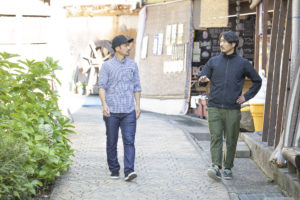
I want to read together
